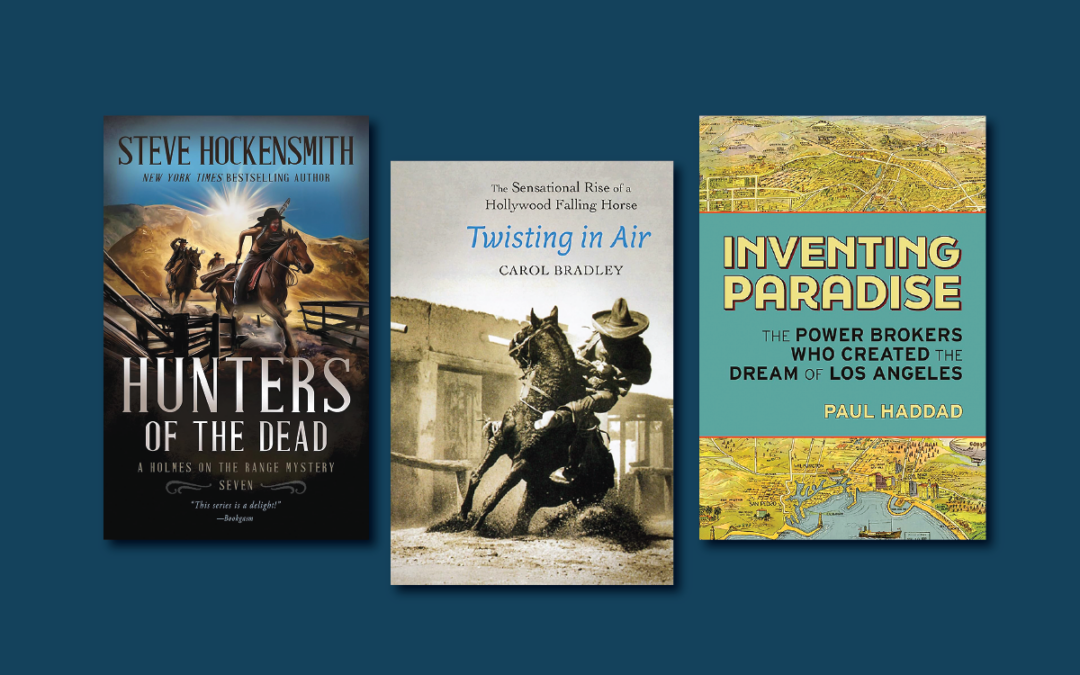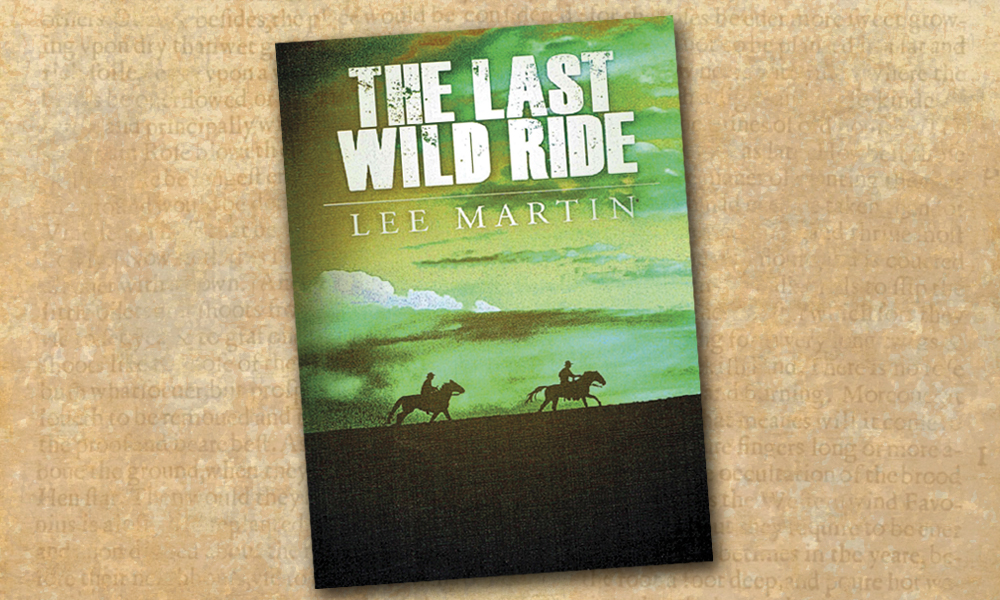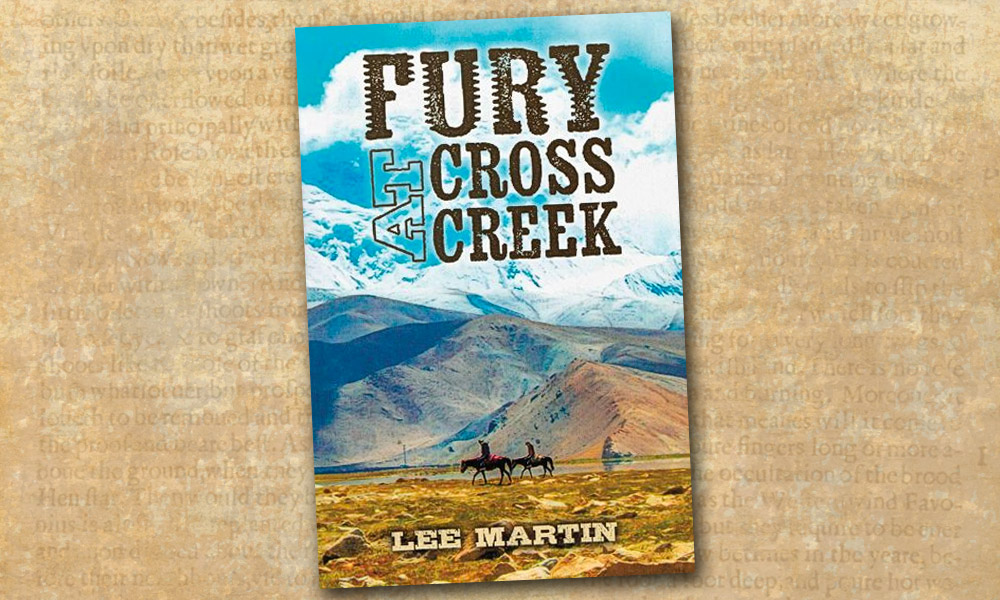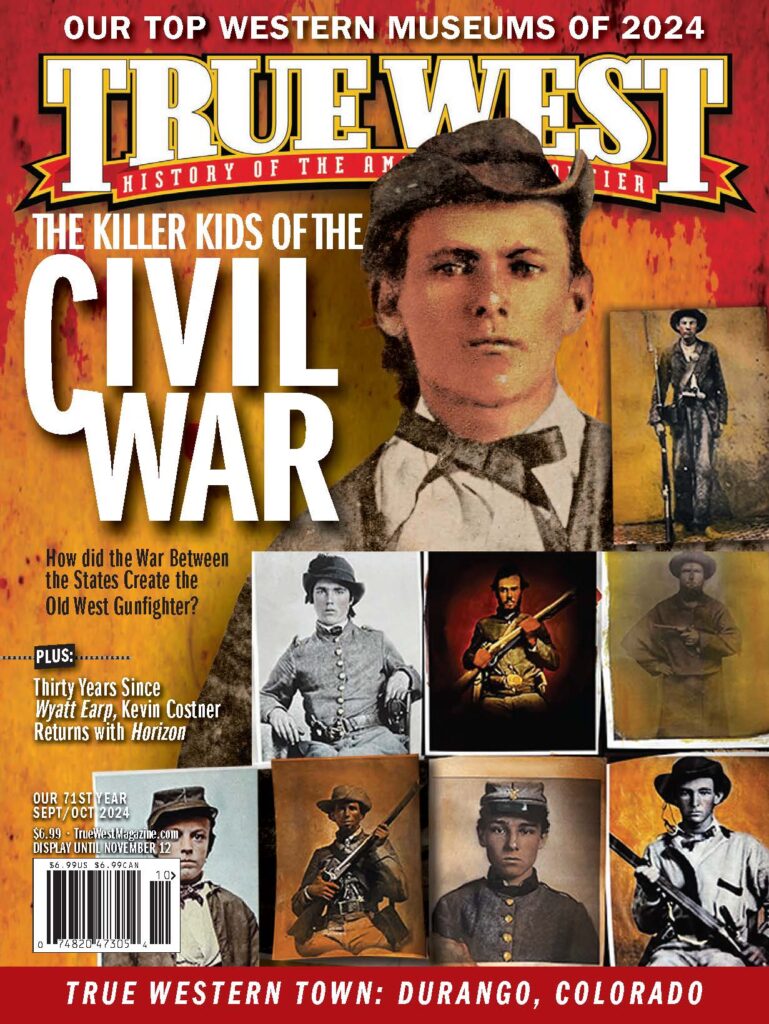Two new books about the rise of Los Angeles and Hollywood, plus an overlooked story of slavery in Nebraska, a Western detective novel, the real and imagined Bonanza and a Montana adventure story.
I like to call Los Angeles “The West’s Most Western Town.” I was born and raised in the city, growing up in one of the great reclamation projects of the United States, the San Fernando Valley. The inland desert valley became lush with agricultural, suburban and industrial growth—including the film and aerospace industries—after the power brokers of Los Angeles County brought water from the Owens River Valley to the arid coastal city. William Mulholland’s dream and the engineering marvel known as the Los Angeles Aqueduct transformed the former Spanish mission city into a modern metropolis.
In Inventing Paradise: The Power Brokers who Created the Dream of Los Angeles (Santa Monica Press, $29.95), award-winning author Paul Haddad expertly tells the story of L.A. with a dream cast of outrageous characters—the Gang of Six—Phineas Banning, Harrison Gray Otis, Henry Huntington, Harry Chandler, Moses Sherman and William Mulholland—that Hollywood’s best screenwriters could not have imagined. Haddad weaves the lives and actions of these six visionary urban boosters, industrialists and water barons, telling their stories and showing how their dreams of a Southern California paradise became a reality with the delivery of water. The native Angeleno notes in his introduction, “It was water—the most precious of all utilities—that formed the lifeblood for all development in Los Angeles.”
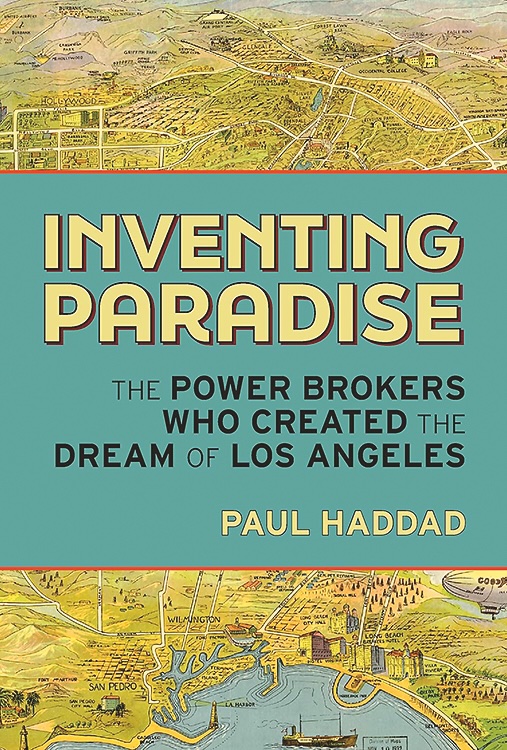
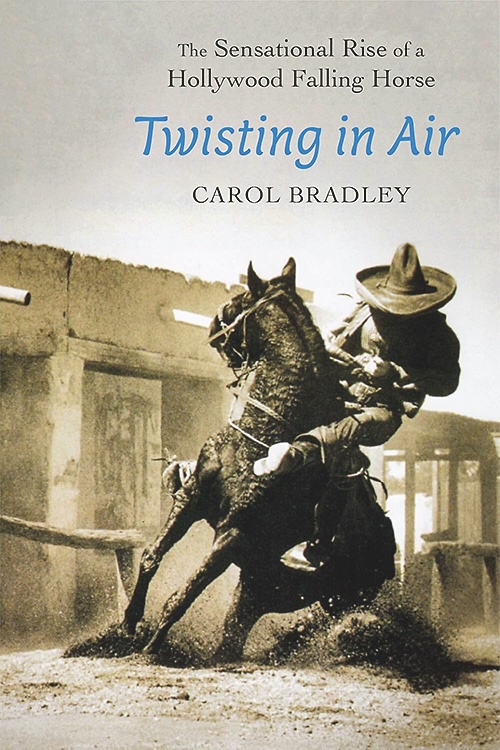
The 233-mile Los Angeles Aqueduct, from the Owens River Valley east of the Sierra Nevada to the Southern California city, was dedicated on November 5, 1913. In less than two years, the San Fernando Valley was annexed, and within three years Los Angeles had tripled in size. The water-fueled growth also nurtured a nascent business that found paradise in the sun-filled days of the Southland—the film industry. Moviemakers from across the country and around the world flocked to L.A.’s lightly developed Westside and San Fernando Valley. They built their studios, and Tinseltown was born. Hollywood and Studio City became the epicenters of L.A.’s entertainment business. The West’s most Western town’s film business—which doubled every Western state with SoCal locations—attracted cowboys and cowgirls from across the country to star and stunt in its movies.
Those expert riders brought their skills and horses to Hollywood, and Carol Bradley’s Twisting in Air: The Sensational Rise of a Hollywood Falling Horse (Bison Books, $24.95) investigates the roles of the cowboy, horse trainer and movie horses on the growth of the film industry and the stunt training and protection of horses in filmmaking. Montana-based Bradley eloquently notes, “The negligent treatment of horses saddened many of the veteran stunt performers. ‘So many horses contributed to a film industry that did not reward them,’ stuntwoman Martha Crawford Canarini wrote… ‘So much credit for the success of the Westerns belongs to the horses.’”
Readers of Haddad’s Inventing Paradise and Bradley’s Twisting in Air will discover that the research and conclusions of the two authors intersect intellectually and historically with the dreams of Los Angeles’s Gang of Six and the dream makers of Hollywood. Ironically, one of the most famous and beloved stunt horses chronicled by Bradley was named Cocaine. It will be up to us to decide if the paradise imagined can still be found—or reimagined once again—in the West’s most Western town.
—Stuart Rosebrook
Seeking Liberty
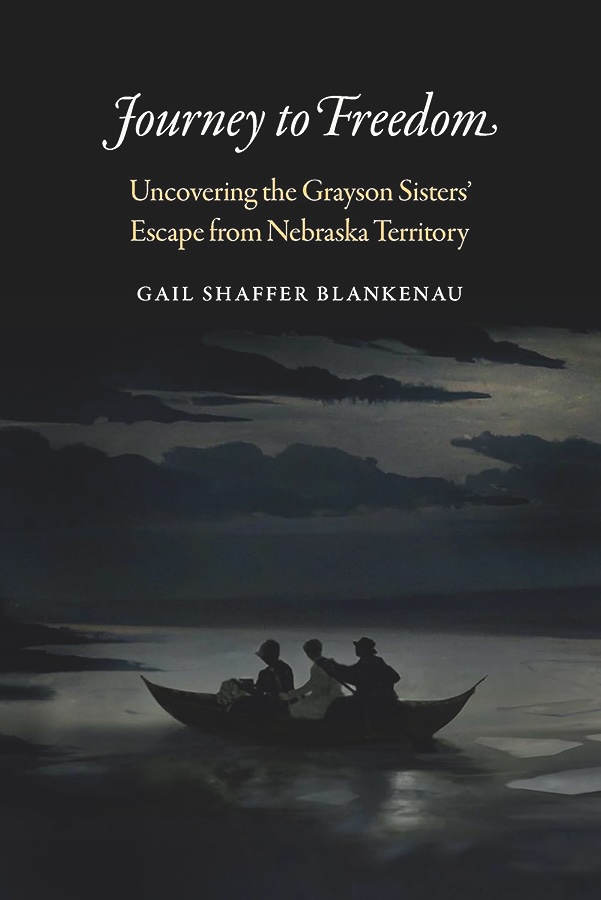
In Journey to Freedom: Uncovering the Grayson Sisters’ Escape from Nebraska Territory (Bison Books, $34.95), historian Gail Shaffer Blankenau has shed considerable light on a chapter on Nebraska’s history that has, until now, been overlooked by professional and amateur historians. In the fall of 1858 enslaved sisters Celia and Eliza Grayson escaped from their master’s property in southeast Nebraska with the help of a mixed Black and Cherokee man and found freedom along the Underground Railroad in Iowa. Using the sisters’ harrowing journey as a springboard, Blankenau works to unravel the story of slavery in Nebraska Territory in the age of the frontier when most of the country’s attention was focused on westward expansion. Journey to Freedom is equally fascinating and important to the larger contextual history of what was occurring in the Western territories and the mindset of those who lived there during the frontier period.
—Erik J. Wright, assistant editor of The Tombstone Epitaph
Western Sleuths
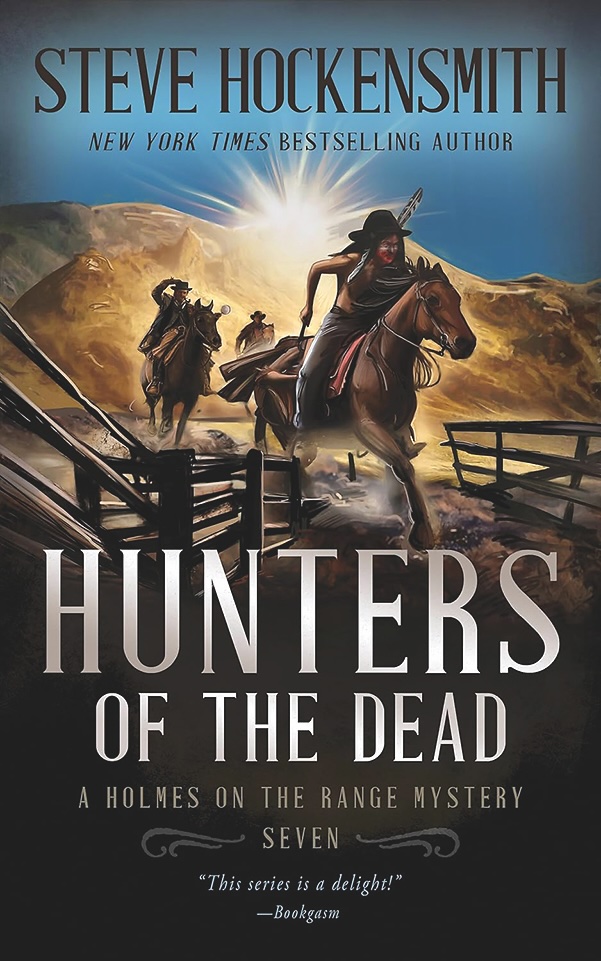
It’s 1894, and in Wamsutter, a spartan settlement on the Wyoming horizon, an archaeological dig for dinosaur fossils turns up the bones of somebody all too human—and all too recently murdered. Once again Steve Hockensmith pens a breezy, enjoyable read with the seventh installment in his best-selling Holmes on the Range series, Hunters of the Dead (Rough Edges Press, $14.99). This time around Big Red and Old Red, the sleuthing brothers of the A.A. Western Detective Agency, are joined by a diverse cast of likable associates and cunning foes as they face dueling paleontologists and hired guns, Apache and Shoshone warriors, and a boring security job that turns all too harrowing. With his spot-on timing for puns and turns-of-phrase, Hockensmith delivers an entertaining blend of good humor, high spirits and swift—sometimes deadly—danger.
—Richard Prosch, author of A Gentleman Detective and Other Western Stories
Ponderosa vs. Ponderosa

In 1959, one hundred years after the bonanza silver strike in Virginia City, Nevada, the television series Bonanza made its debut and brought the small city to the forefront of households around the world. The richest city in the world at the time of the Comstock Lode, Virginia City today would likely be a ghost town if not for the fame brought on by Bonanza. In Virginia City vs Bonanza: A Tale of Merging Histories (Rowan & Littlefield, $40), Monette Bebow-Reinhard explores select history from the show’s legendary storylines and compares it to the real history of 19th-century Virginia City. Through her analysis of history versus fiction, Bebow-Reinhard emphasizes the impact television had on shaping how we remember the Old West. A must-read for fans of television and history alike.
—Erik J. Wright, author of West of Hell: The Badmen, Hardcases & Intrepid Lawmen Who Made the West Wild
Big Sky Adventure
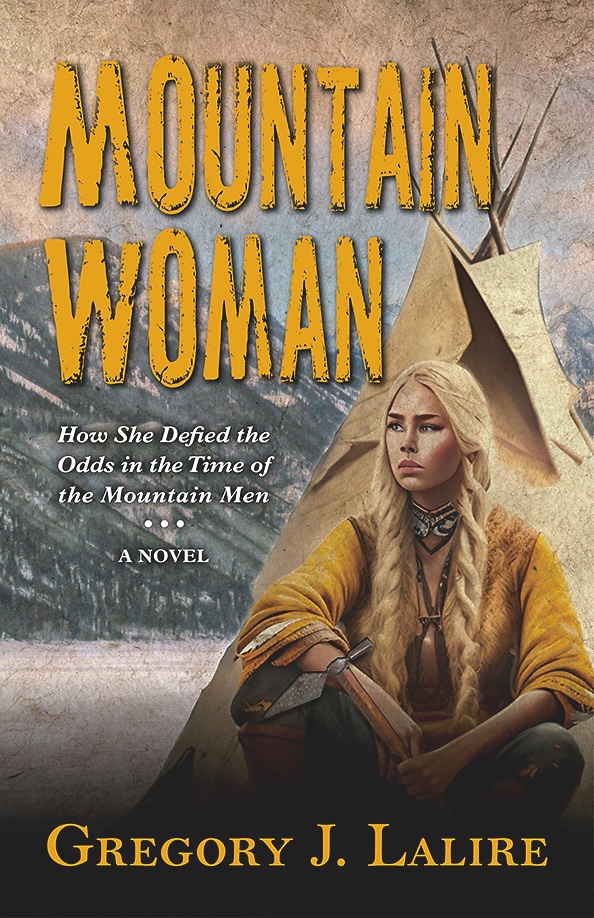
No stranger to the Montana wilds, the legacy of Indigenous cultures, or the crafting of a rich, compelling tale, historian and novelist Gregory J. Lalire delights with Mountain Woman (Thorndike, $26.99). Born of the Kentucky backwoods, Bet Hex endures the rough ways of fur traders, Arapaho and Pawnee captors, and a Frenchman who teaches her to “hunt and trap, gamble and survive” to become a unique female counterpart to bearded 19th-century explorers. A true mountain woman, she flourishes in the Montana wilderness like the nourishing roots of the namesake pink flowering plants around her. By herself in this Bitterroot Valley, she is rarely alone as she encounters Catholic Iroquois, Blackfoot warriors, European adventurers—both vile and virtuous—and Schweeleh, the Salish man she loves like no other. Lush with authenticity, Mountain Woman leads readers on an intimate tour of a life well-lived in the harsh wilds of the past.
—Richard Prosch, author of Pony Boys
Rough Drafts
The annual Western Writers of America Convention was held in Tulsa, Oklahoma, this past June and it was a lively and informative gathering of writers from around the country. WWA President Melody Groves presided over the convention which had over 150 attendees. New board members seated were Natalie Brightman and Secretary-Treasurer Max McCoy, and I was named vice president.
I moderated a panel with Johnny D. Boggs, Natalie Bright and Bill Markley that addressed the current state of writing Western fiction and nonfiction, which drew a large audience and good commentary. True West contributor Art Burton spoke eloquently on his four decades of research on Deputy U.S. Marshal Bass Reeves.
A highlight of the four-day convention was the 2024 Owen Wister Award recipient Dr. Quintard Taylor’s keynote address on the history of Blacks in the West. The acclaimed American historian is the nation’s leader on the history of the Blacks in the American West and the author of dozens of scholarly articles and 10 books, including the Pulitzer Prize-nominated book, In Search of the Racial Frontier: African Americans in the American West, 1528-1990. Dr. Taylor is also the founder of BlackPast.org, the most comprehensive website dedicated to international and national Black history. Over 1,000 contributors have provided more than 10,000 pages of content. The Scott and Dorothy Bullitt Emeritus Professor of American History at the University of Washington was also inducted into the Western Writers Hall of Fame.
At the ceremony during which Dr. Taylor received the Wister Award for lifetime achievement in Western history and literature, the 2024 Spur Awards were presented. Congratulations to all the winners, including True West contributing editor Candy Moulton for best biography, Sacajawea: Mystery, Myth and Legend (South Dakota Historical Society Press).
—Stuart Rosebrook
Building Your Western Library
Texas Author Shares Five Essential Western History Books
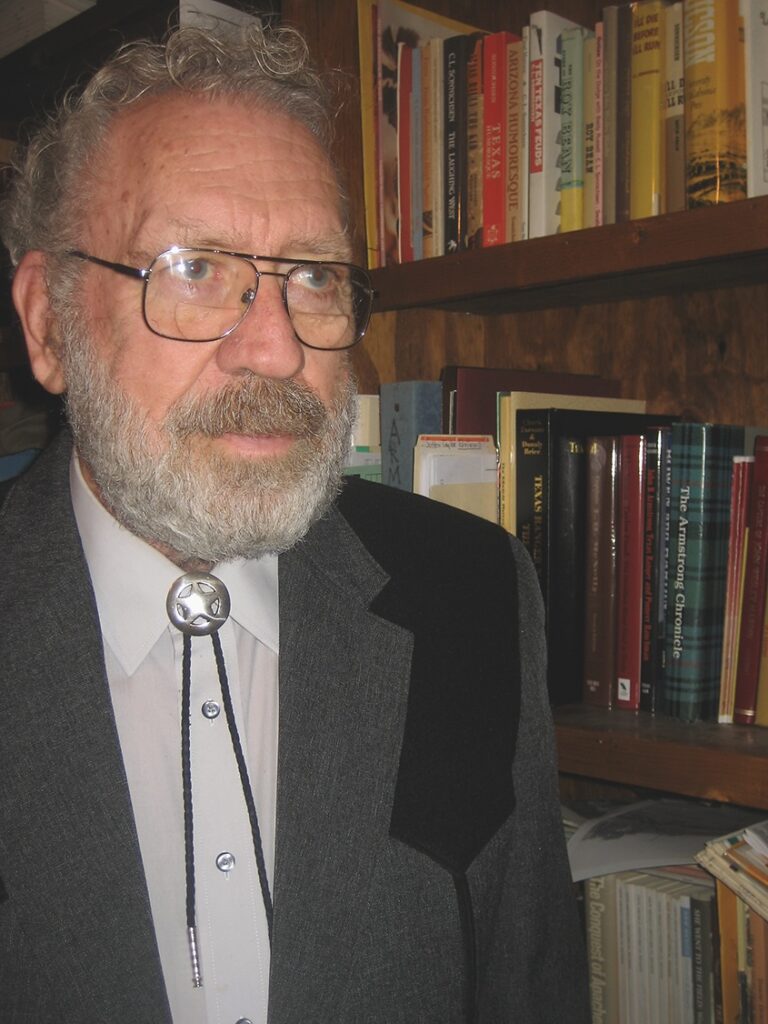
For decades, Chuck Parsons has been at the forefront of researching, writing and promoting Western American history. The highly respected and award-winning author is a well-known authority on Texas and Texas Ranger history. We asked him to share from publishers’ backlists five must-reads for Old West historians.

The Mormon Rebellion: America’s First Civil War 1857-1858 by David L. Bigler and Will Bagley (University of Oklahoma Press): This history of the long-forgotten conflict between Brigham Young’s theocracy and James Buchanan’s presidency resulted in famous battles but foreshowed the greater conflict of Civil War.
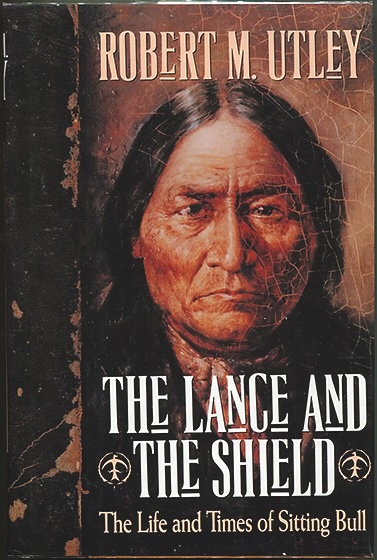
The Lance and the Shield: The Life and Times of Sitting Bull by Robert M. Utley (Henry Holt and Company): Utley provides a masterful biography of a people against the U.S. government’s attempt to eradicate an Indigenous people. This biography is a superb example of America’s shameful treatment.
The Lincoln County War: A Documentary History by Frederick Nolan (University of Oklahoma Press): Fred Nolan began his search to determine what the “H” stood in John H. Tunstall’s name. Once found, he continued his research for all the answers in the life of Billy the Kid and then the Lincoln County War.
They Called Him Wild Bill: The Life and Adventures of James Butler Hickok by Joseph G. Rosa (University of Oklahoma Press, Second edition): First published in 1964, he provided more quality history with the revised edition in 1974; his work on Hickok has proven him to be the authority on Wild Bill.
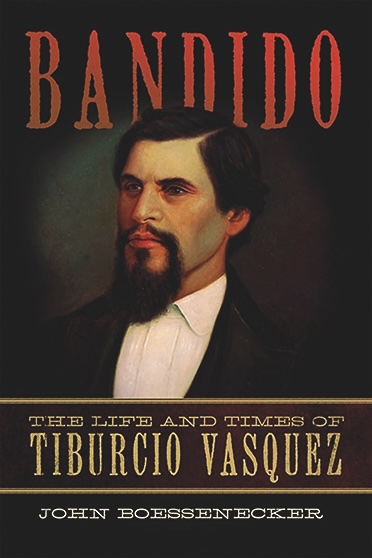
Bandido: The Life and Times of Tiburcio Vasquez by John Boessenecker (University of Oklahoma Press): Tiburcio Vasquez remains the best-known Hispanic bandit, and historian Boessenecker has put his detective skills to work producing a definitive biography of the notorious bandido.

